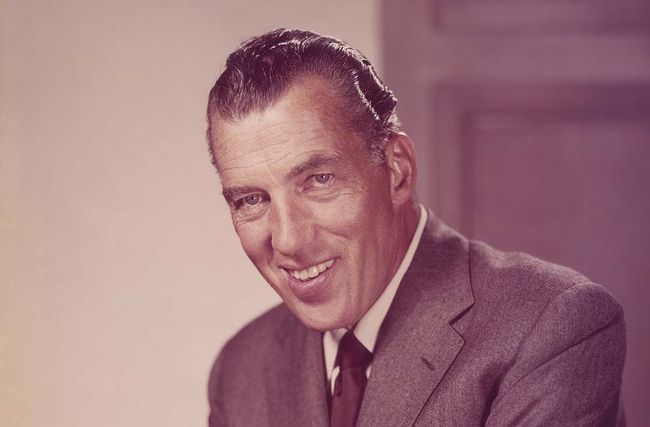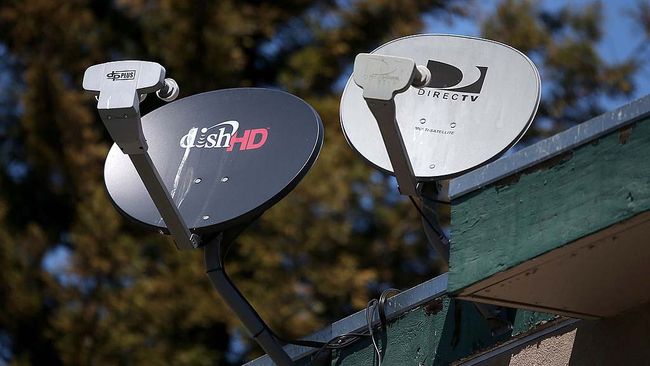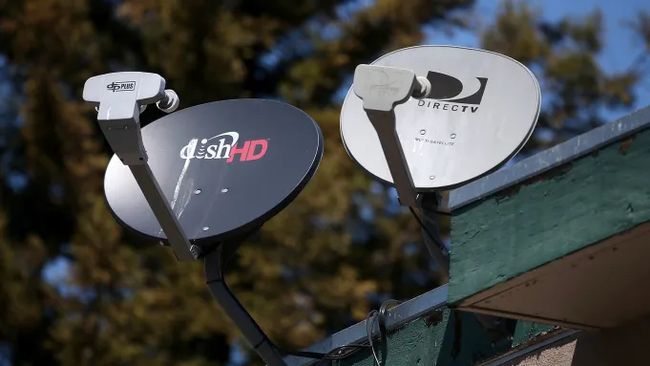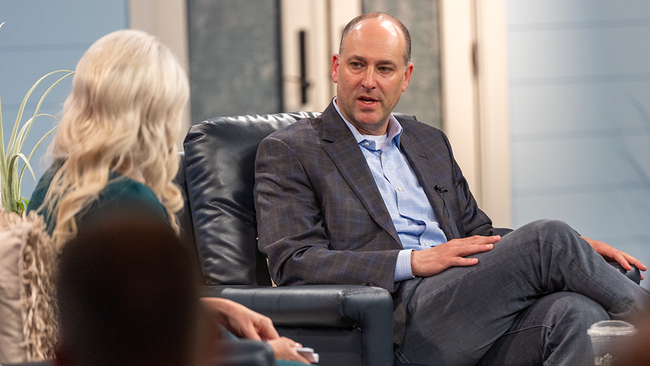FCC Launches Latest Sec. 706 Broadband Deployment Review
Plans to stick with current speed metric; signals it must stick with flawed form 477
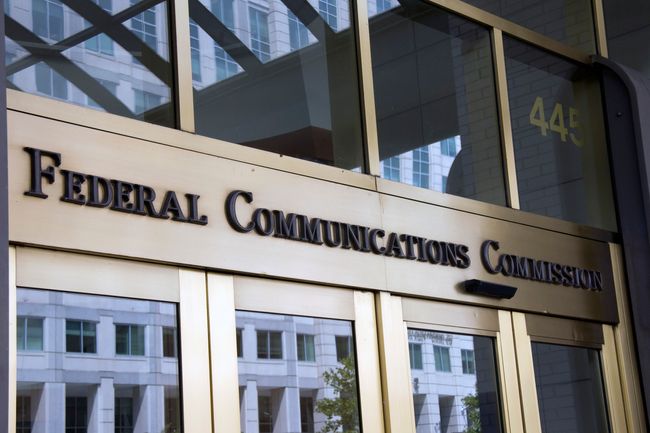
The FCC has launched its latest effort to collect data on broadband deployment, that comes even as the commission is creating a new framework for collecting that info given the issues with the current form 477 collection process.
That new process has not yet been implemented, so while the FCC concedes carrier-supplied Form 477 data may overstate deployment by 3%, "the Commission will need to continue to rely for now on that current Form 477 collection to conduct its annual inquiry under section 706," it said. "This is because, among other reasons, we granted providers six months after the new mapping platform becomes available to submit the new maps. Moreover, we believe that continuing to rely on Form 477 deployment data for now will best enable us to assess the level of deployment by providing a consistent unit of measurement."
Related: Free Press Finds FCC Broadband Gains Overstated
The FCC is required by Sec. 706 of the Communications Act to determine if advanced telecommunications is being deployed to all Americans in a reasonable and timely manner.
Previous Democratic-led FCC's had concluded it was not, interpreting the "all" in "all Americas" not to have been fulfilled until everyone had access. Under Pai, the FCC concluded that the steady decrease in unserved Americans is a reasonable and timely fulfillment of that mandate, or what it called a "progress-based" approach to "being deployed."
The FCC is instructed to regulate to achieve that deployment mandate if it concludes that deployment is not reasonable and timely. In fact, the Tom Wheeler-led FCC cited that Sec. 706 authority in regulating internet access in the 2015 Open Internet Order.
In the Notice of Inquiry (NOI) released this week, the FCC said it would again take a holistic view of deployment. So, rather than simply look at speeds, it will look at "a range of speeds, provided over both fixed and mobile technologies, to best capture the ways Americans are using advanced telecommunications capabilities."
NEXT TV NEWSLETTER
The smarter way to stay on top of the streaming and OTT industry. Sign up below.
FCC chair Ajit Pai said he knows the FCC's work in promoting universal deployment is not done, which is why it continues to reform its universal service broadband deployment programs. As to not being able to use the new data collection framework to improve a collection process that the FCC, Congress and outside groups all agree is flawed, Pai said he would like to be able to " snap our fingers and implement this new data collection immediately. But that’s not the way the real world works....It is simply impossible to get this data collection off the ground and completed before the legal deadline for our next Broadband Deployment Report. Indeed, my dissenting colleagues offer no suggestions at all for how this could possibly get done (if they do have any, I’m all ears)."
The NOI proposes not to raise the "high-speed" benchmark definition for fixed broadband of 25 Mbps/3 Mbps, but sought comment on that proposal. It also sought comment on whether to use various metrics for mobile speeds.
Related: GOP Leaders Praise FCC Broadband Report
The vote to issue the Sec. 706 Notice of Inquiry was 3-2, with the Democrats dissenting.
Commissioner Jessica Rosenworcel called it a "head-in-the-sand commitment to using the same methodology we did last time and a refusal to ask hard questions about what we can do now to ensure our next count is more accurate. Under these circumstances, how can anyone trust what we conclude?"
She also takes issue with the conclusion that broadband is being deployed in a reasonable and timely manner. She said that while the FCC has effectively clapped its hands and said "mission accomplished," that is wrong. "Too many Americans lack access to high-speed service at home. Too many communities across the country are struggling to secure the broadband they need for economic revitalization and growth. Too many rural households and tribal areas fear that they may be forever consigned to the wrong side of the digital divide. In too many urban areas, redlining has led to broadband deserts. Plus, too many students across the country fall into the homework gap because they lack the internet access needed for nightly schoolwork."
Commissioner Geoffrey Starks agrees, saying the majority's decision to measure year-over-year progress "tells us nothing about broadband deployment in areas where carriers haven’t deployed and have no plans to do so. It does little to help us to understand the deepening state of internet inequality in the U.S. and it does nothing to prepare us to address the problem."
Contributing editor John Eggerton has been an editor and/or writer on media regulation, legislation and policy for over four decades, including covering the FCC, FTC, Congress, the major media trade associations, and the federal courts. In addition to Multichannel News and Broadcasting + Cable, his work has appeared in Radio World, TV Technology, TV Fax, This Week in Consumer Electronics, Variety and the Encyclopedia Britannica.


